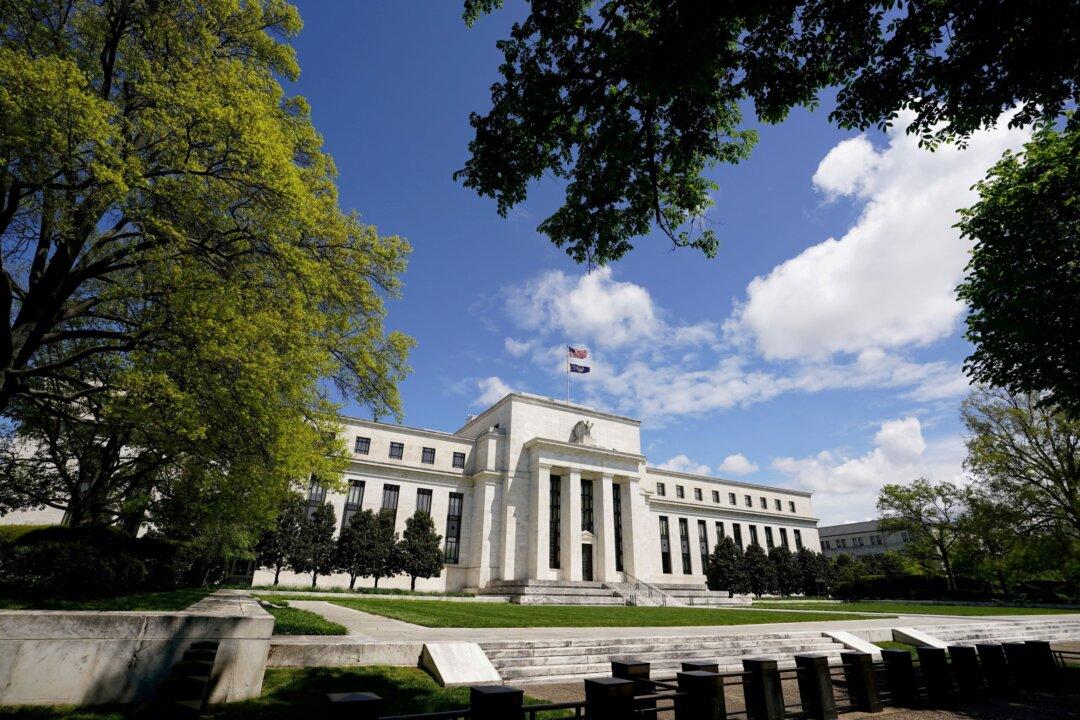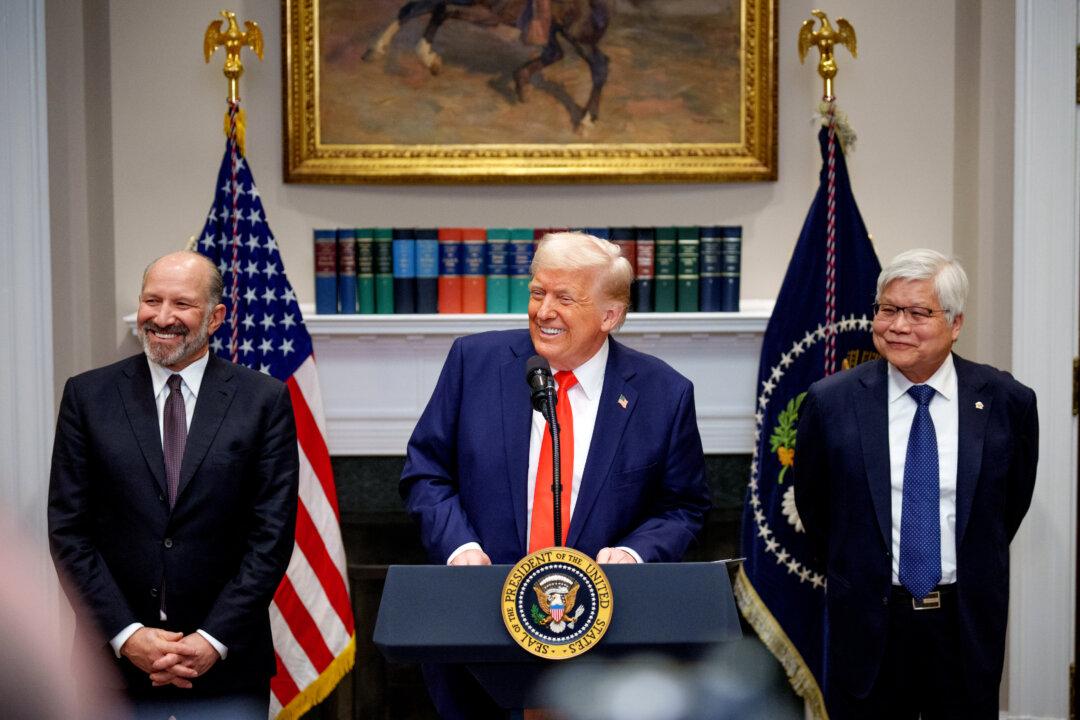Commentary
Inflation “is destroying working folks’ pocketbooks and devaluing the wages they earn and the root cause ... is way too much government spending, too many social programs ... and vastly too much money creation by the Federal Reserve,“ Larry Kudlow, former director of the U.S. National Economic Council, said on Feb. 14.





